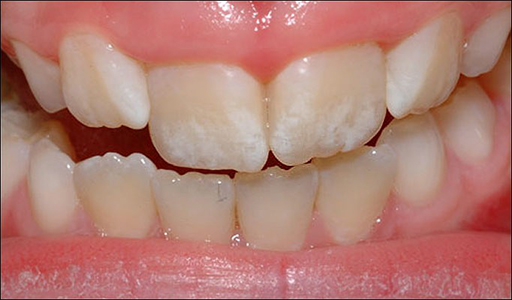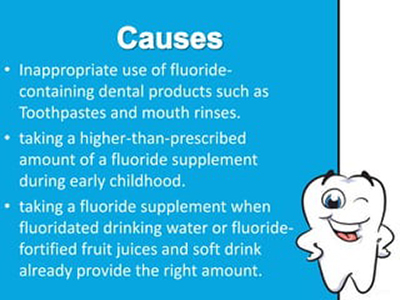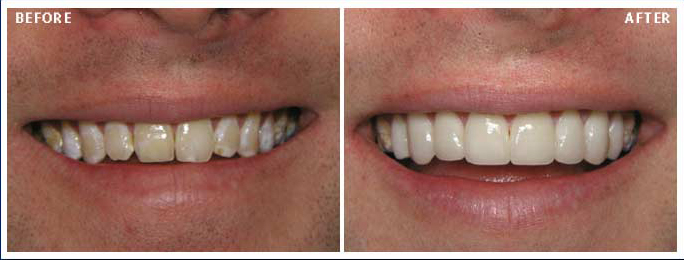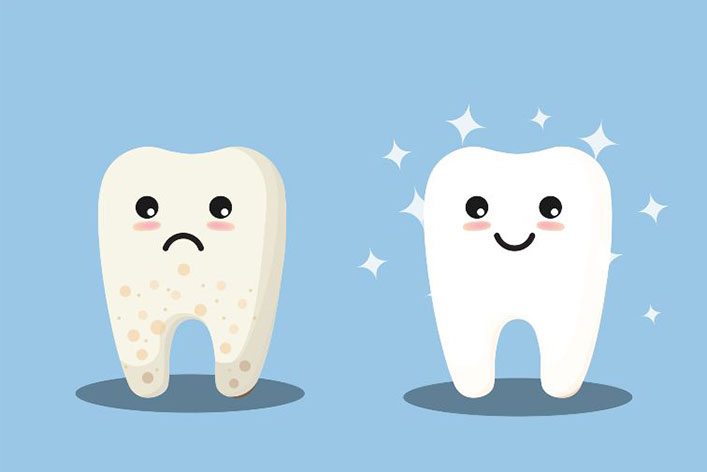In Mississauga we are fortunate to have access to many cavity preventing products.
Using fluoride on our teeth can help strengthen them and protect from dental decay. This is why most local water supplies have added fluoride.
Fluoride is a cavity-preventing chemical with the most significant benefit when used at the right concentration. Therefore, the level of naturally occurring fluoride in Mississauga Lake-based municipal water supply is adjusted to an optimal concentration range to protect against tooth decay: 0.5 mg/L to 0.8 mg/L. At this level, fluoride is incorporated into the tooth, adding hardness and cavity resistance. At levels of 1.2ppm and 4ppm, there is an increased risk of mild to severe fluorosis, respectively.

Fluorosis is a disturbance in the developing tooth enamel caused by excess fluoride in blood. Blood levels are directly related to the levels of fluoride ingested in water. Therefore, you can acquire excess levels by drinking well water and ingesting fluoride. Mild fluorosis produces lusterless, whitish opaque spots on teeth. We call these spots near the tooth edge “snow caps”. Moderate fluorosis is characterized by more generalized yellow to brown spots, whereas severe fluorosis gives teeth a mottled or pitted appearance with brown or white spots. In an extreme form, fluorosis can alter the whole structure of the tooth.

Fluorosis can become evident when a child’s permanent teeth start erupting. Suppose St. Lawrence Dentistry notices the streaks and spots on your child’s teeth. In that case, we will often ask about the child’s fluoride intake to determine if the cause of the discolorations is fluorosis. We may also suggest you consider having x-rays taken to see if there are no other problems besides these stains.

In many cases, fluorosis is so mild that no treatment is needed. Or it may only affect the back teeth, which aren’t easy to see. However, various techniques can significantly improve the appearance of teeth affected by moderate-to-severe fluorosis. The aim of most of these therapies is to mask the stains.

Treatment for dental fluorosis first begins by assessing your current fluoride intake to ensure you are currently not ingesting too much fluoride. Then, Dr. Hawryluk will discuss with you to come up with solutions to limit your fluoride intake.
Bonding can be an effective way to cover discolored areas.
To learn more about dental bonding, please visit us here:
In some cases, porcelain veneers are the best treatment to mask fluorosis.
To learn more about dental veneers, please visit us here:
MI Paste, a calcium phosphate product, is sometimes combined with methods like micro abrasion to minimize tooth discoloration.
To learn more about MI paste, please visit us here:
Teeth whitening solutions are often helpful in masking the effects of fluorosis. So it is when the discoloration and deformities are not that severe. Please note that bleaching teeth may temporarily worsen the appearance of fluorosis.
To learn more about tooth whitening, please visit us here:

Fluorosis in children can be prevented by carefully watching their fluoride intake. Vigilance is the key to prevention, and one way to ensure that your child does not get fluorosis is to teach them the proper use of fluoride toothpaste. Have them use only a tiny, pea-sized portion every time they brush their teeth, and spit after each brushing (not swallow). Do not use flavored toothpaste at this point since this will encourage your kid to consume rather than spit out the fluoridated toothpaste.

Also, try to keep fluoride-enriched products out of their reach to ensure they do not exceed the recommended daily intake (between .25 and 1 milligram for kids). Find out how much fluoride is in your drinking water to ensure you stay within the allowable, safe limits. Finally, do not have your child take fluoride supplements unless prescribed by your dentist.
Please call us if you want to learn more about dental fluorosis and live in the Mississauga area.
- St. Lawrence Dentistry Looks Forward To St. Patrick’s Day! - March 12, 2025
- Understanding Dental X-Rays and Radiation: What You Should Know - January 13, 2025
- Happy New Year from St. Lawrence Dentistry! - December 30, 2024










